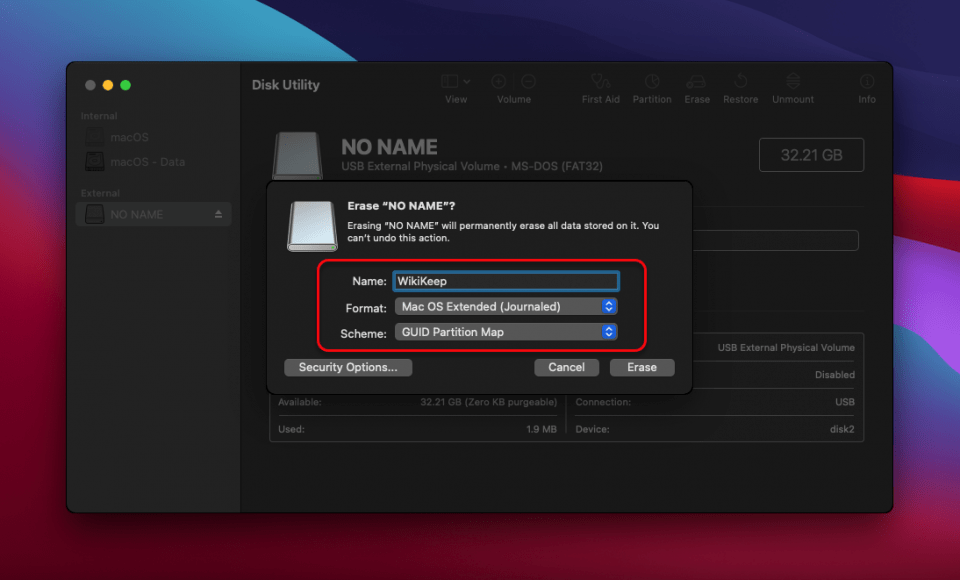


The terminal features link detection, showing an underline when files or URLs are hovered with the mouse that will go to the target when Ctrl/ Cmd is held. Restoring of the process's current working directory depends on whether it is supported by the shell. The setting determines when the previous terminal session contents should be restored and processes be recreated after a terminal process has been shut down (for example, on window or application close). The terminal will be reconnected and the UI state of the terminals will be restored, including the active tab and split terminal relative dimensions.
MAC TERMINAL COMMANDS ANOTHER FOLDER INSTALL
Local and remote terminal processes are restored on window reload, such as when an extension install requires a reload. There are also extensions available that give more options such as Terminal Here. The setting allows specifying a custom path to open instead: Tip: Go back to the old version by setting :falseīy default, the terminal will open at the folder that is opened in the Explorer. Customizing TabsĬhange the terminal's name, icon, and tab color via the right-click context menu or by triggering the following commands: Command Unsplit a split terminal by triggering the Terminal: Unsplit Terminal command through the Command Palette or in the right-click context menu. Dragging a tab into the main terminal area allows joining a group. Navigate between terminals in a group by focusing the previous pane, ⌥⌘← (Windows, Linux Alt+Left), and focusing the next pane, ⌥⌘→ (Windows, Linux Alt+Right).ĭragging and dropping tabs in the list will rearrange them.

There's a dedicated troubleshooting guide to help you with these sorts of problems.
MAC TERMINAL COMMANDS ANOTHER FOLDER CODE
Note: If you're having trouble launching your preferred shell in the integrated terminal, it may be due to your shell's configuration or a VS Code terminal setting. You can learn more about configuring terminal shells in the terminal profiles article. You can select other available shells to use in terminal instances or as the default such as Command Prompt on Windows, and zsh on macOS and Linux. The integrated terminal can use various shells installed on your machine, with the defaults being: Note: Open an external terminal with the ⇧⌘C (Windows, Linux Ctrl+Shift+C) keyboard shortcut if you prefer to work outside VS Code. You can create a new terminal via the Terminal menu with Terminal > New Terminal.From the Command Palette ( ⇧⌘P (Windows, Linux Ctrl+Shift+P)), use the View: Toggle Terminal command.Use the ⌃` (Windows, Linux Ctrl+`) keyboard shortcut with the backtick character.It provides integration with the editor to support features like links and error detection. Visual Studio Code includes a fully-featured integrated terminal that conveniently starts at the root of your workspace. Configure IntelliSense for cross-compiling.


 0 kommentar(er)
0 kommentar(er)
